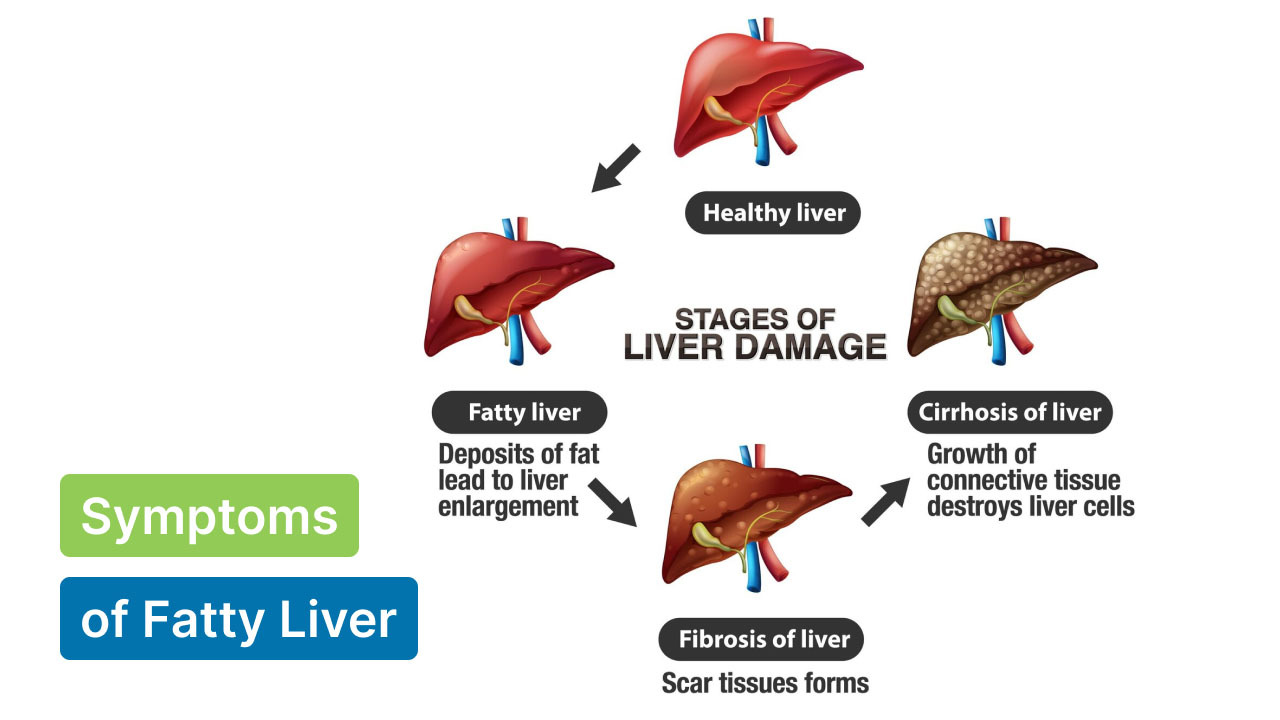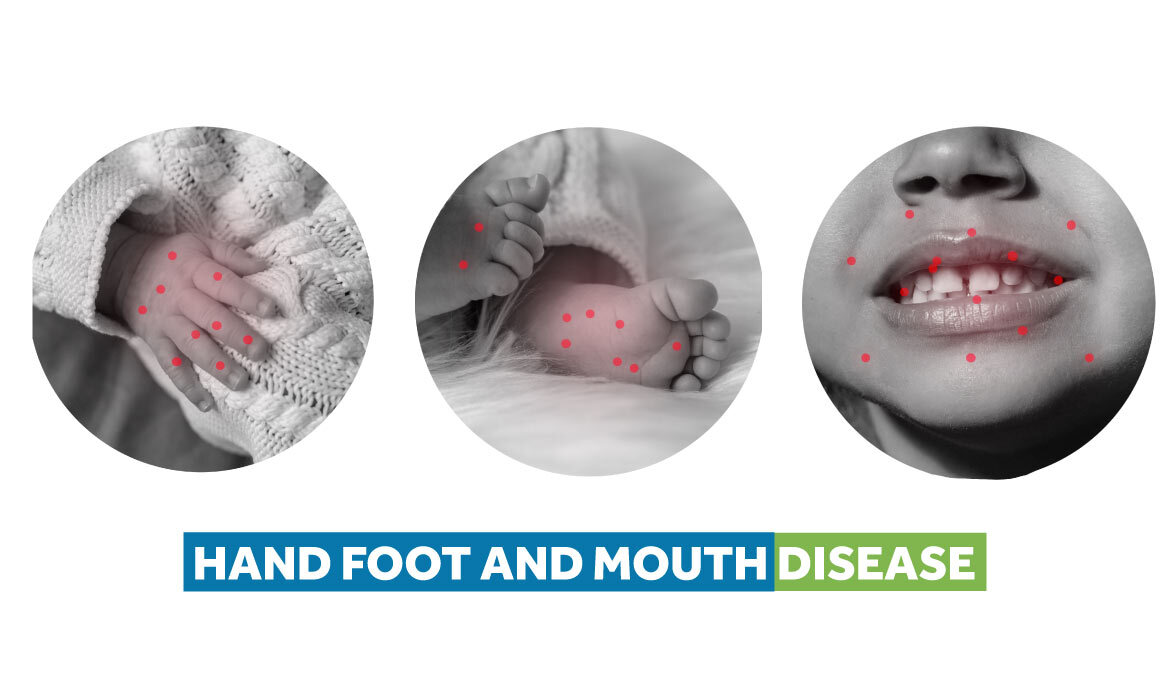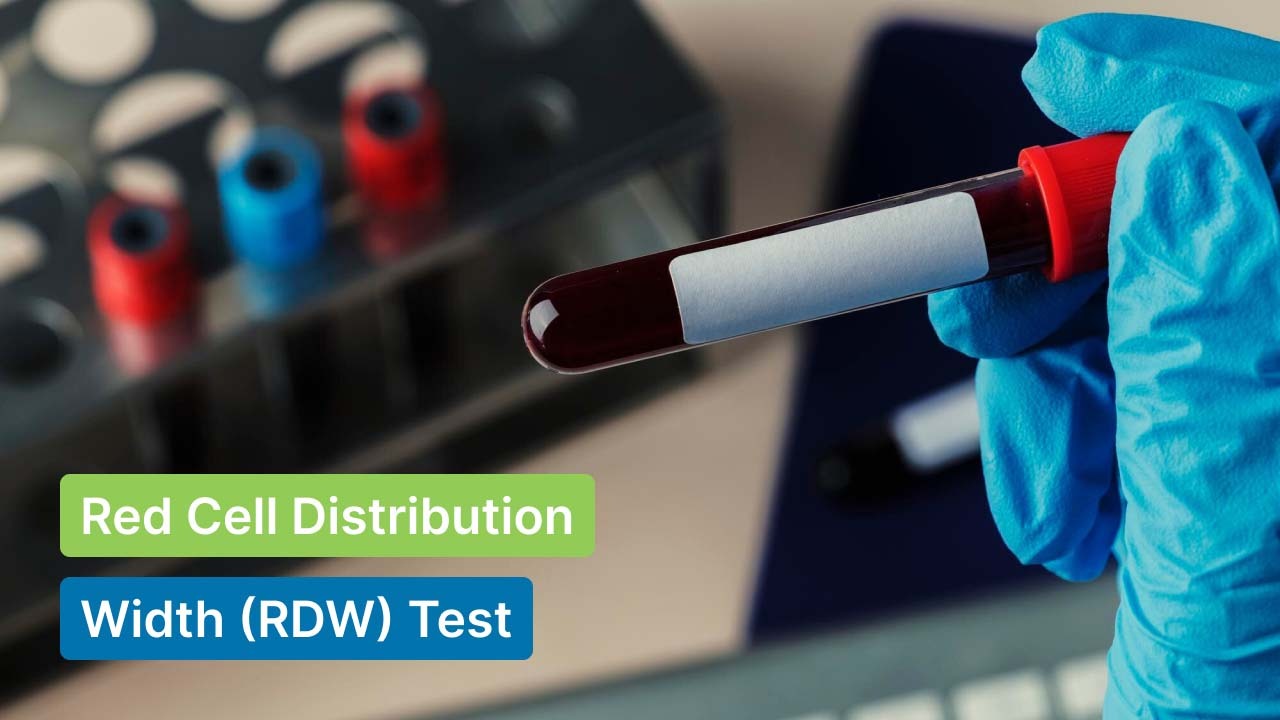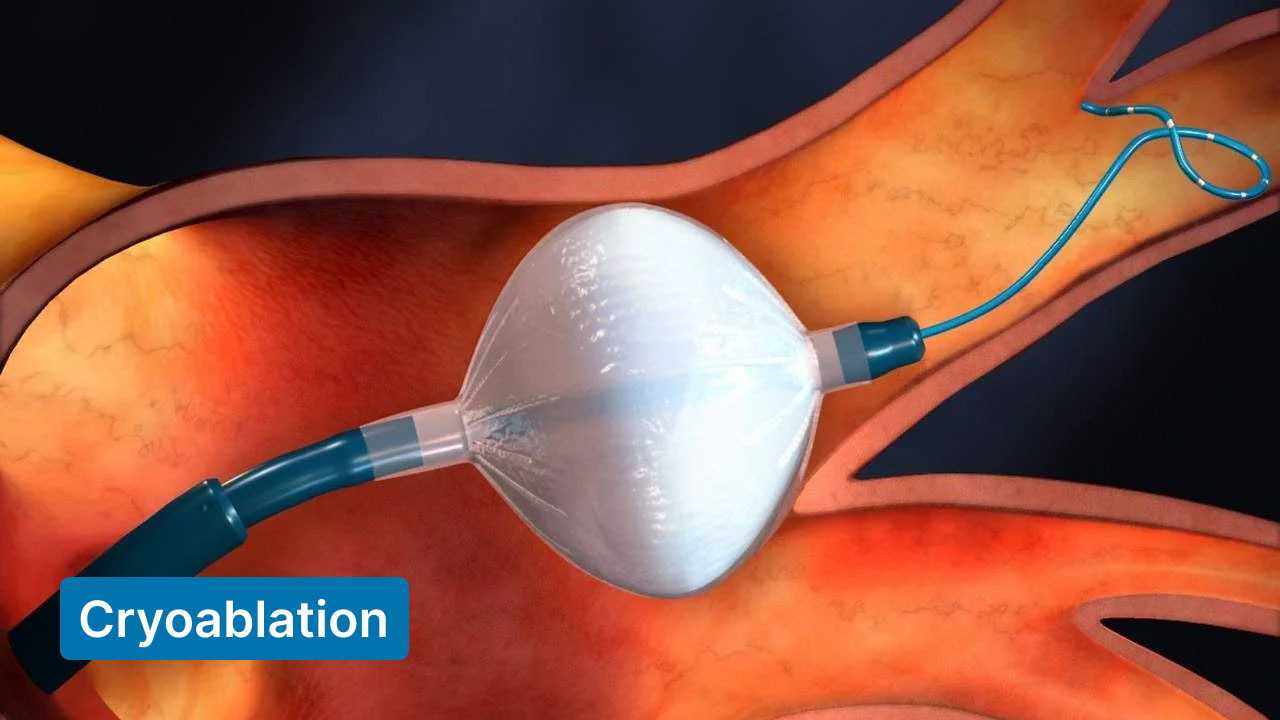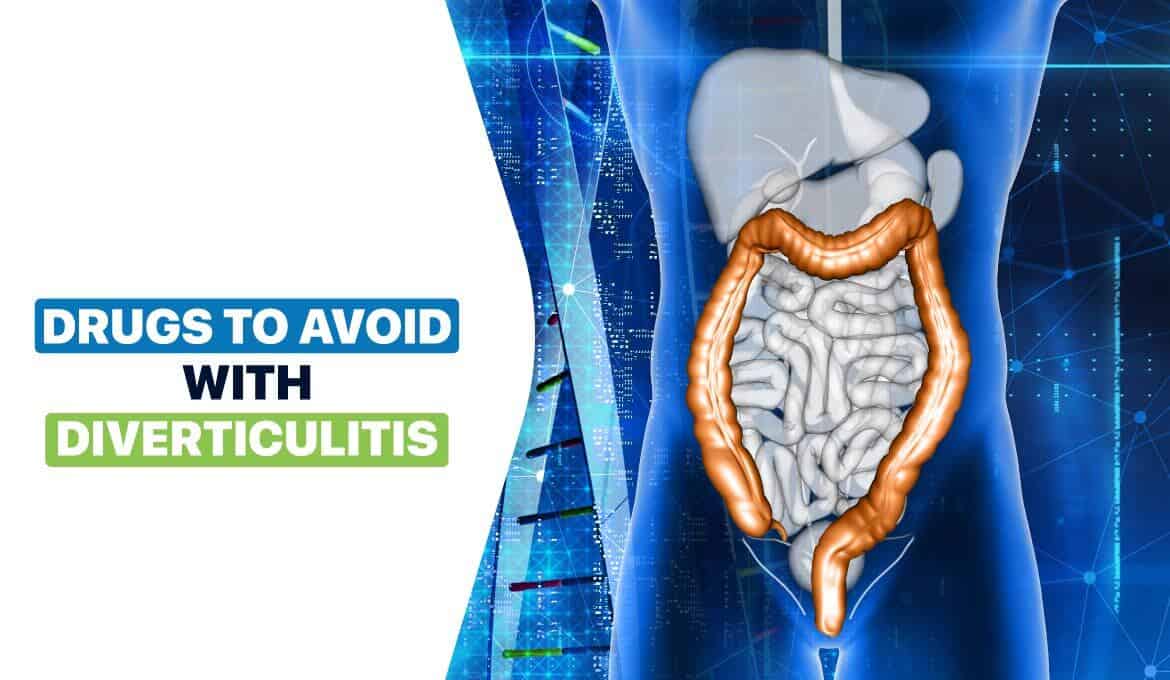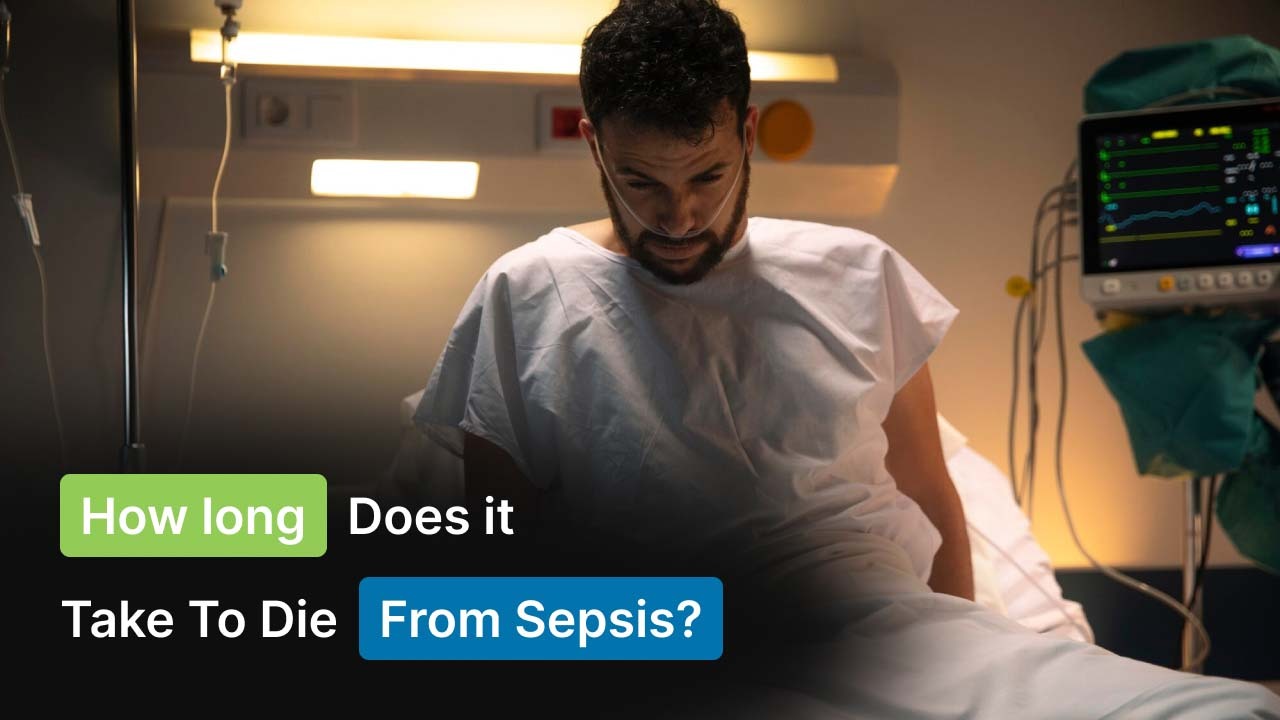
Have you ever heard of people dying of Sepsis? Sepsis or Septic shock is a life-threatening condition that can have serious consequences if not diagnosed and treated on time. It can lead to organ failure and, in severe cases, death.
Sepsis occurs when the body's response to an infection triggers widespread inflammation. You might be shocked to know that Sepsis is the third leading cause of death in US hospitals.
In fact, every year, at least 1.7 million adults in the US encounter Sepsis, with about 270,000 dying as a result. Surprisingly, early diagnosis and treatment might prevent up to 80% of Sepsis. Yet, many people are unaware of Sepsis or have a limited understanding of it.
This blog provides a brief explanation of Sepsis and discusses the curious question, “How long does it take to die from sepsis?” along with its potential complications.
What is Sepsis?
Sepsis, clinically known as septicemia, is a life-threatening condition. Sometimes, people call it blood poisoning. It usually happens when your immune system overreacts to an infection (typically bacterial) and causes damage to your own tissues and body organs.
During infection, your body releases chemicals in the bloodstream to help fight off infection. But here's where it gets scary.
Sometimes, those chemicals may damage your body, resulting in organ failure and a substantial drop in blood pressure. This fatal condition is usually treated with antibiotics and IV fluids.
Sepsis is often treatable when caught in time. Some people say it's more dangerous than a heart attack and cancer. The good thing is Sepsis is non-contagious, meaning you can't catch it from another person.
Sepsis moves very fast; It can cause organ failure and death in as little as 12 hours. Like a heart attack or stroke, it happens unpredictably and can progress rapidly.
Worst cases? Your blood pressure drops, and you might go into septic shock. Once this happens, many organs, including your kidney, liver, heart, and lungs, stop working, and you may die.
A bacterial infection anywhere in the body may set off the response that leads to Sepsis. Infections may occur in the following organs:
- Bloodstream
- Kidneys (UTIs, pyelonephritis)
- The lining of the brain (Meningitis)
- Liver or gallbladder
- Lungs (bacteria pneumonia)
- Skin (Cellulitis)
- Bones.
How is Sepsis Diagnosed?
Experts say that the biggest delay in treating Sepsis is still diagnosis. Every hour of treatment delay increases the risk of death by 4% to 9%.
Unfortunately, as of 2024, there's no definitive or reliable diagnostic test or standardized treatment for Sepsis. The only things that matter are treatment for fighting germs that might be underlying causes and supportive care for sepsis-related medical conditions.
However, interesting research has been conducted on an artificial intelligence-driven program developed at Johns Hopkins Medicine that diagnoses Sepsis approximately six hours earlier than conventional procedures. But the problem is this technology is still new and isn't widely adopted in healthcare practices.
For Sepsis to be detected, you must have signs and symptoms of Sepsis in addition to a suspected infection, which we will discuss later in this blog.
Some doctors diagnose by checking your vital signs, including fever, low blood pressure, increased heart rate, and difficulty breathing. Then, they may conduct a few tests, like blood culture, to identify the bacteria that causes the chronic infection.
Providers may occasionally suspect Sepsis at the patient's bedside using an approach known as quick sequential organ failure assessment (qSOFA), which is based on a set of sepsis criteria.
If you have a confirmed or likely infection, along with low blood pressure and a high respiratory rate, it might indicate Sepsis. This quick evaluation helps healthcare specialists identify Sepsis early for prompt intervention.
What are the Signs and Symptoms of Sepsis?
The symptoms usually differ depending on the underlying infection. Here are some of the common signs to check if you have Sepsis:
- Rapid pulse rate or weak pulse
- Fever or chills
- Extreme shivering
- Breathlessness
- Clammy or sweaty skin
- Confusion or deterioration
- Fatigue or weakness
- Organ dysfunction or failure
- Abdominal pain
- Mental decline
- Decreased urine output
If you notice at least three or four signs, you must consult a healthcare professional immediately to avoid the risk of sudden death.
How Long Does It Take To Die From Sepsis?
While it is quite tricky to know the exact timeline for how long it takes to die from Sepsis, prompt diagnosis and immediate medical help are important to increase the chances of survival.
Experts have said that the speed at which Sepsis becomes fatal can vary. This is because Sepsis is notorious for its abrupt and unpredictable progression. Unlike many other medical illnesses, Sepsis has no set timeline.
However, research shows that the condition can kill an affected person in as little as 12 hours. Being aware of the proper information to notice the tell-tale signs and get immediate treatment could save a life.
Several factors may impact the progression of Sepsis and the time it takes for it to become fatal. Some of the factors include the type of infection, prompt medical intervention, presence of comorbidities (Like diabetes), and overall health of the patient (immune system).
To know how long it takes to die from sepsis, we must understand the stages of sepsis in detail.
Stages of Sepsis: Detailed Explanation –
As said before, Sepsis can develop rapidly, often within a few hours after the onset of an infection. This condition usually starts with an infection, which could be bacterial, viral, or fungal.
Common origins of infections that can lead to Sepsis include urinary tract infections (UTIs), pneumonia, and abdominal infections.
As these infections get severe, the person may experience mild symptoms, such as fever, increased heart rate, and general malaise. Then, the infection triggers the body's immune system to release chemicals into the bloodstream, causing widespread inflammation.
This is referred to as SIRS (Systemic Inflammatory Response Syndrome.) If the infection and inflammation persist or worsen, it can escalate to Sepsis.
Medically, Sepsis is categorized into three stages:
Stage 1 – Sepsis or Systemic Inflammatory Response Syndrome (SIRS)
Sepsis is the initial stage and is characterized by your body's response to a bacterial infection. During this phase, there is evidence of chronic infection in addition to a systemic inflammatory response. You must have at least 2 or 3 of these early symptoms:
- High fever (>101℉) or abnormally low body temperature (< 96.8℉)
- Rapid breathing (20 breaths/minute)
- Fast heart rate (above 90 beats/minute)
- Weakness and fatigue.
Patients who have Sepsis detected at this early stage usually recover completely.
Stage 2 – Severe Sepsis
The next stage is severe Sepsis, which is a more advanced phase. If Sepsis decides to go full-on serious, it can hit you hard in about a day or two.
During this stage, your organs begin to stop working. Aside from the symptoms of the first sepsis stage, patients with severe Sepsis may encounter manifestations of organ failure, which sounds dangerous.
Some of the noticeable signs in this stage are:
- Acute respiratory distress syndrome/difficulty breathing
- Skin rash
- Abnormal cardiac output
- Frequent changes in mental state
- Abdominal pain
- Decreased platelet count
- Extreme weakness
Urine output is one of the factors examined by clinicians in the SSC sepsis 6 guidelines right after an initial diagnosis.
Stage 3 – Septic shock
This is the last and most dangerous stage of Sepsis. It is marked by a major fall in blood pressure that cannot respond properly to fluid resuscitation.
Septic shock happens when Sepsis causes poor blood flow to vital organs (kidney, liver, lungs, etc.), ultimately leading to complete organ failure.
Some of the signs of septic shock include lightheadedness, very low blood pressure, rapid and weak pulse, complete organ failure, and a major decrease in urine output.
This stage is particularly critical, and the timeline becomes more compressed. Without immediate and aggressive medical intervention, the risk of death significantly increases.
How Does Sepsis Progress?
According to one clinical investigation, the highest risk of sepsis progression was observed in patients with bacteremia, followed by those with pneumonia and peritonitis.
Gram-positive and gram-negative bacteria found in blood were also included in this group.
Blood cultures, which medical lab tests, can detect the presence of these microorganisms. Within the 1st month after admission to the ICU (Intensive Care Unit), the existence of these bacteria may increase the probability of developing into severe cases of Sepsis or septic shock.
It's worth noting that the stage at which doctors diagnose the disease also affects the possibility of survival. Those who are diagnosed with septic shock at first are more likely to die within 28 days.
Moreover, progressing from Sepsis to severe Sepsis or septic shock in the 1st week of diagnosis itself increases the risk of mortality.
When to See a Doctor?
Sepsis is a medical emergency. Without proper intervention and treatment, symptoms can be severe, and some people may also go into septic shock. Within 12 hours, the person may eventually die.
So, if you think your infection is not improving or seems to be getting worse, you need to act fast without giving it a second thought. Contact your doctor and ask if it could be a sign of Sepsis.
If you feel like you've Sepsis, tell your doctor and seek treatment accordingly. They may take you to the Intensive Care Unit (ICU) and start the treatment with careful monitoring and some antibiotic medications.
Treatment protocol:
The saying “time is tissue” holds true in sepsis cases. Every hour without proper treatment raises the risk of complications and death.
So, if you act fast on getting treatment, there's a high chance that you'll survive. The doctor may suggest the below treatment for your sepsis:
- Antibiotics: In case of bacterial infection, you'll be prescribed antibiotics.
- IV fluids: You'll be given fluids to keep blood flowing to your organs and prevent your blood pressure from going too low.
- Vasopressor medications: In severe cases, Vasopressor medicines may be administered to tighten your blood vessels. This helps to achieve and maintain a sufficient blood pressure level when necessary.
- Surgery: In extreme cases, surgery may be required to remove the damaged tissue.
How To Prevent Yourself From Getting Sepsis?
Here are a few tips to help prevent yourself from getting Sepsis:
- Maintain good hygiene, such as washing hands often.
- Keep your cuts or wounds clean and covered until healed.
- Stay updated on recommended vaccines.
- Get regular medical care for your chronic conditions.
- Receive immediate help if you suspect an infection that’s not improving.
Final words!
By now, you must have got your answer to “How long does it take to die from Sepsis?”. Throughout this blog, you learn that Sepsis is a fatal medical condition. It's a reaction your immune system produces when you have bacterial, fungal, or viral infections.
How long it takes to die from Sepsis partly depends on the source and type of infection. Sepsis can be fatal within hours, especially in the advanced stages.
Although identifying an exact timeline for Sepsis can be tricky, recognizing its stages and treating it as early as possible is important. So if you notice something's off, don't wait. Reach out to your doctor immediately. Only then you can improve your chances of survival.
Also, make sure to get treatment for your pre-existing infections immediately to avoid Sepsis. If you delay treatment, a simple infection could lead to a deadly condition. Remember, the longer you wait, the riskier it gets!
FAQs
1. How long before Sepsis becomes fatal?
Ans: The most fatal phase of Sepsis is the initial stage. It can take as little as 12 hours from the earliest signs of infection to organ failure and, ultimately, death.
2. What are the odds of surviving Sepsis?
Ans: The mortality rate due to Sepsis amounts to 50% globally. Research says the long-term prognosis is equally poor. Only 30% survive the first year after the hospital admission.
3. How long is a hospital stay with Sepsis?
Ans: It depends on the other health conditions and how frail the person was before they got sick. The hospital stay could be for a period of 4-5 days or even a month. Recovery takes a longer time, usually two to three months.
4. How do you know if your body is fighting Sepsis?
Ans: If you notice your blood pressure drops, have a high fever, or are shivering. Your major body organs and systems, including the liver, kidneys, lungs, and CNS, may stop working properly. These are the signs your body is fighting Sepsis.
5. Can you have Sepsis for days without knowing?
Ans: Yes. You may have an infection that's not improving without knowing about it. If left untreated, it can develop quickly from this infection and lead to septic shock.
6. How do you know if someone is dying from Sepsis?
Ans: If a person has difficulty breathing, liver and kidney damage, shock, and other metabolic changes, that means they are dying from Sepsis.
Read Also:












